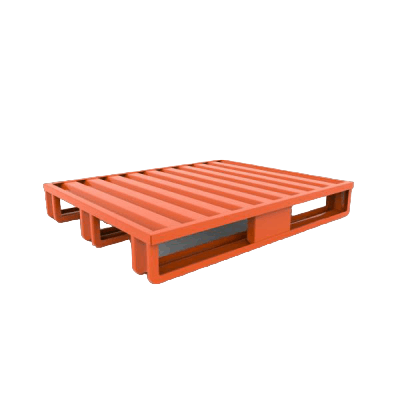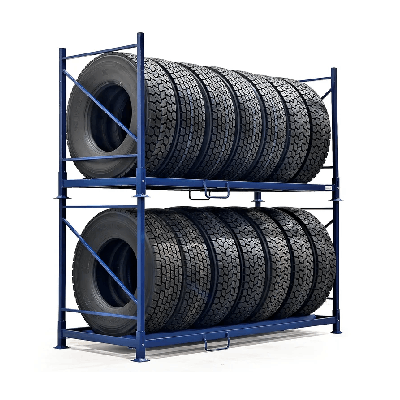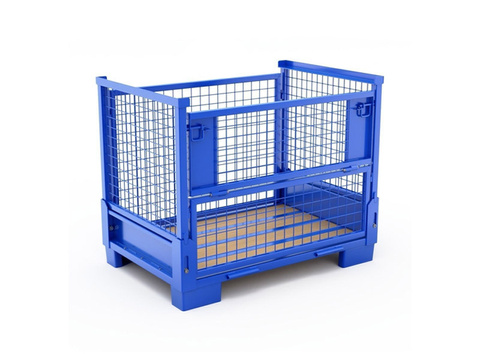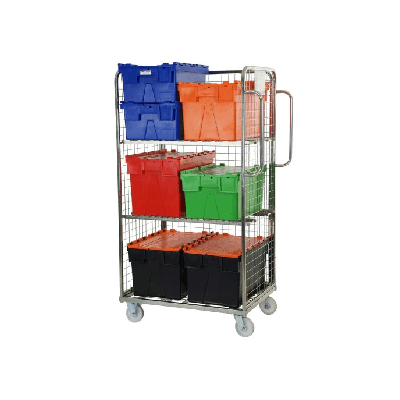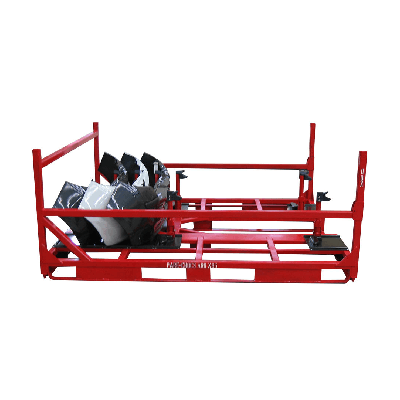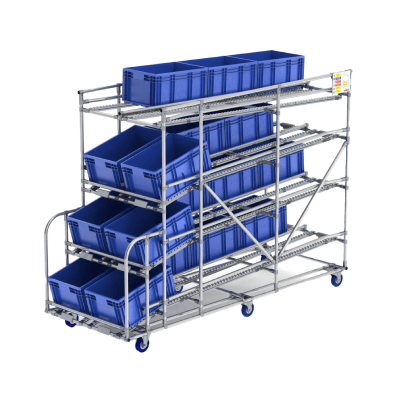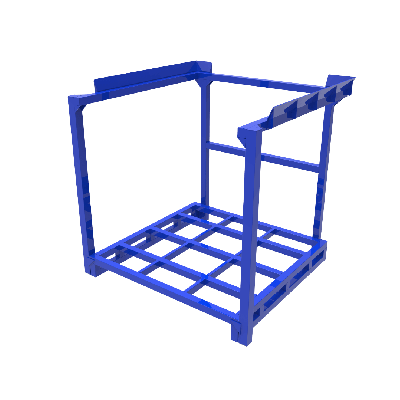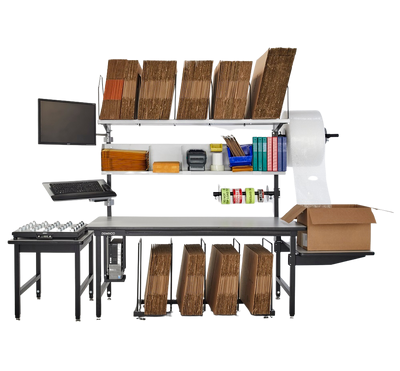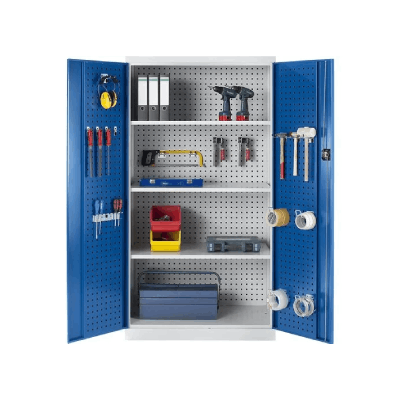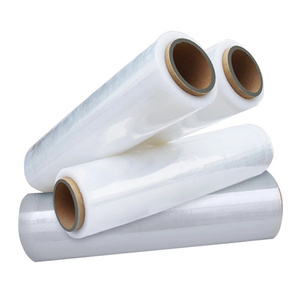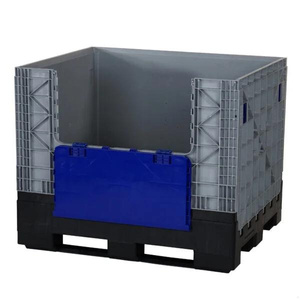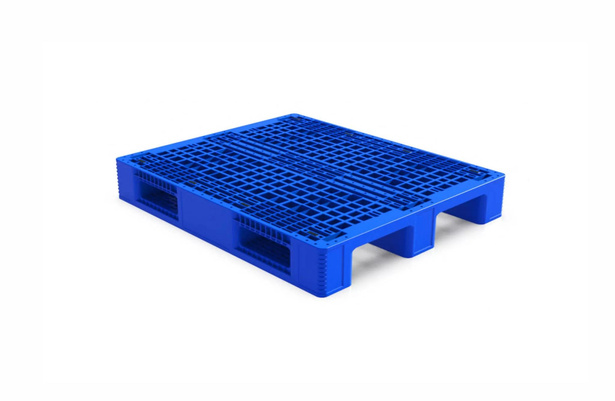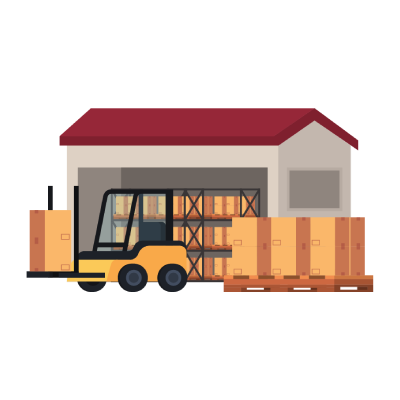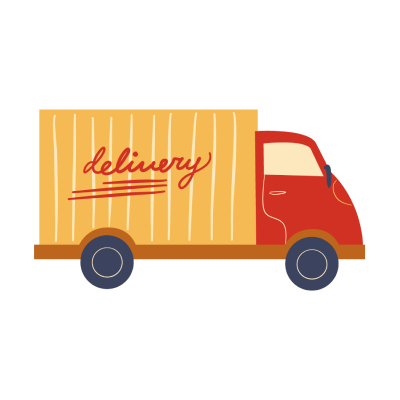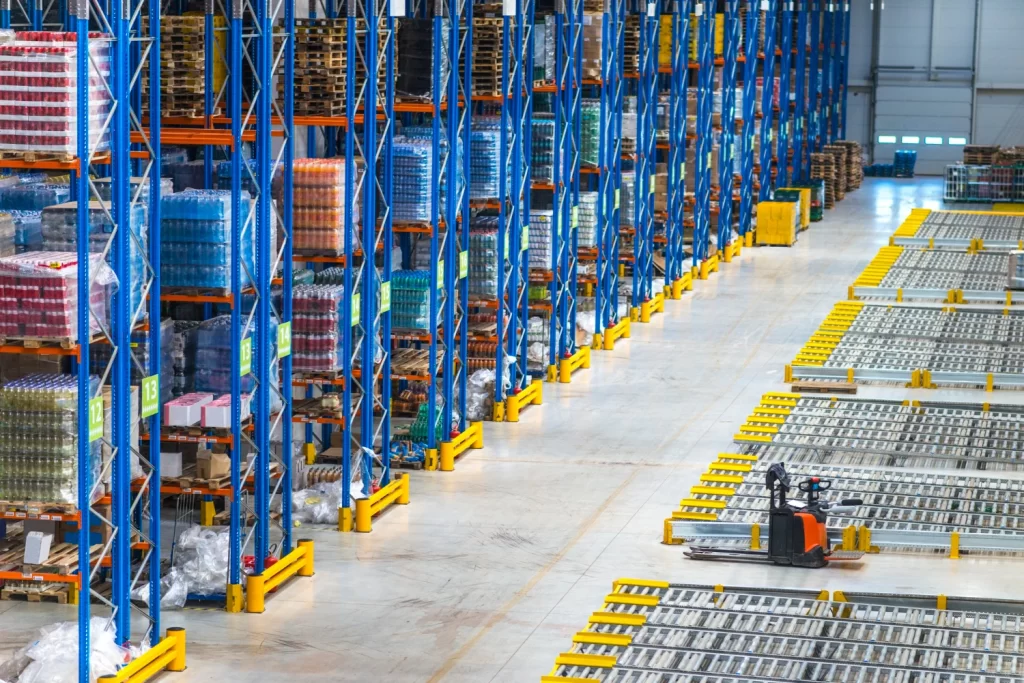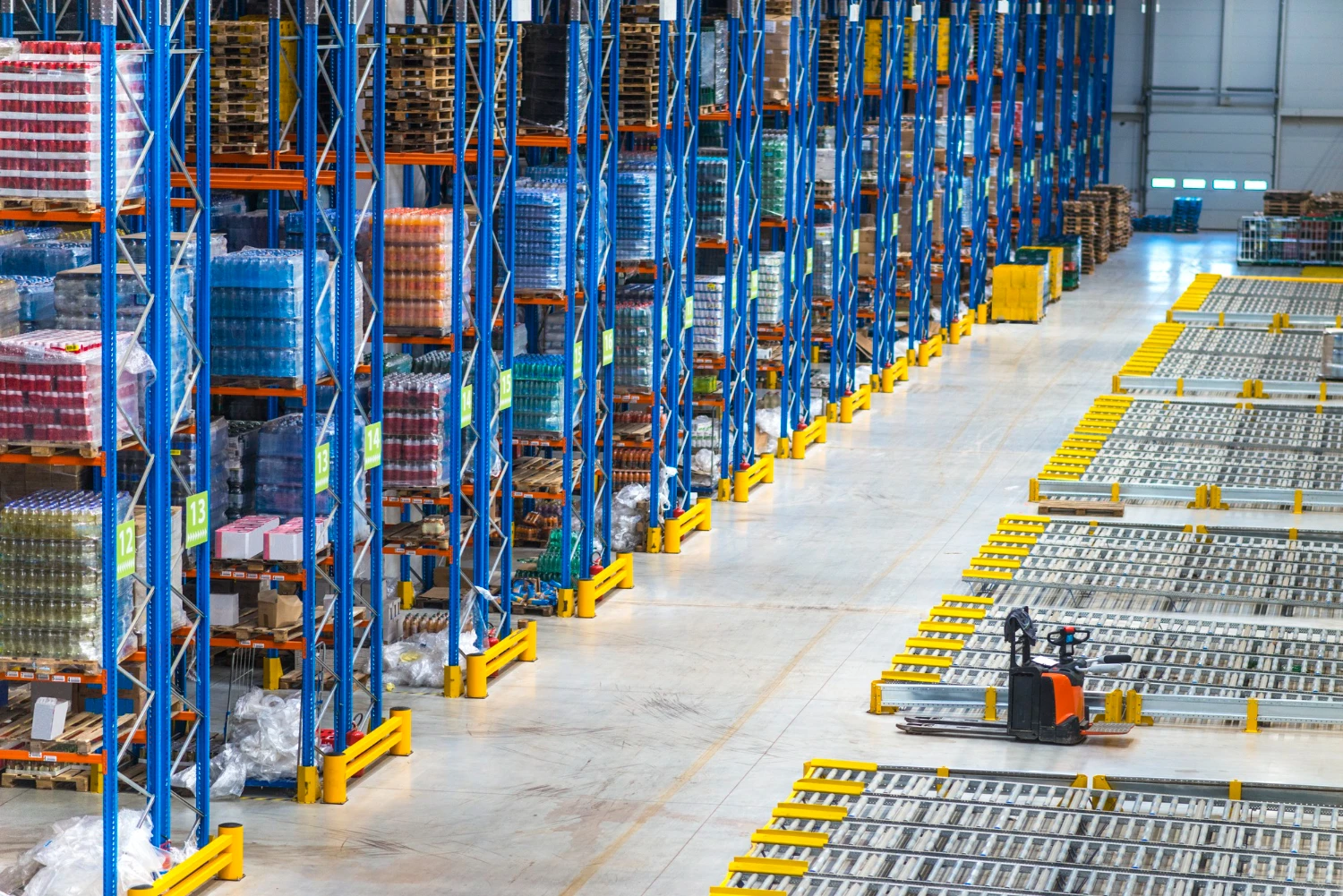In the fast-paced world of logistics and supply chain management, efficiency and cost-effectiveness are crucial. Businesses are continually looking for innovative ways to optimize operations while minimizing environmental impact. One such approach is the adoption of Returnable Packaging Solutions. This strategy enhances sustainability and improves supply chain efficiency, reduces waste, and lowers operational costs.
Table of Contents
ToggleUnderstanding Returnable Packaging Solutions
Returnable packaging solutions involve the use of durable, reusable containers, pallets, crates, and bins that can be cycled through the supply chain multiple times before they require replacement. Unlike single-use packaging, returnable packaging is designed to withstand repeated use, making it a sustainable and cost-efficient alternative for businesses in various industries.
Key Components of Returnable Packaging Solutions
Materials Used: Typically made from high-quality plastics, metals, or composites, returnable packaging is designed to endure multiple trips without significant wear and tear.
- Types of Packaging: This includes plastic pallets, collapsible bins, bulk containers, and reusable crates.
- Lifecycle Management: These packaging solutions are tracked, maintained, and cleaned regularly to ensure extended usability and hygiene.

Benefits of Returnable Packaging Solutions
1. Cost Savings and ROI
One of the most significant advantages of returnable packaging is the long-term cost savings. While the initial investment may be higher than traditional packaging, the reuse factor significantly reduces the need for continuous repurchasing. Businesses that adopt returnable packaging experience a lower total cost of ownership over time.
2. Environmental Sustainability
With increasing concerns about environmental impact, returnable packaging helps companies reduce their carbon footprint. By eliminating single-use packaging materials, businesses contribute to waste reduction, conservation of resources, and decreased landfill accumulation. Additionally, many returnable packaging options are made from recycled materials, further promoting sustainability.
3. Improved Supply Chain Efficiency
Returnable packaging enhances efficiency in supply chain operations by ensuring uniformity, easy handling, and better stacking. Unlike disposable packaging, which varies in size and durability, returnable packaging is designed for streamlined transportation, optimized storage, and reduced handling time.
4. Enhanced Product Protection
Durable and reusable packaging solutions offer superior protection for goods during transportation. These containers are built to resist damage from impact, moisture, and extreme temperatures, reducing the risk of product loss and returns due to damages.
5. Consistency in Packaging
Since returnable packaging is designed to be standardized, businesses benefit from consistent packaging dimensions, reducing storage space and transportation inefficiencies. This uniformity is particularly beneficial in automated warehouses and ASRS (Automated Storage and Retrieval Systems) where precise dimensions are crucial.
6. Reduced Packaging Waste and Compliance with Regulations
Many industries are facing stringent environmental regulations requiring businesses to minimize packaging waste. Returnable packaging aligns with these regulations by reducing dependency on single-use materials and promoting sustainable practices, helping companies avoid potential penalties and maintain compliance.
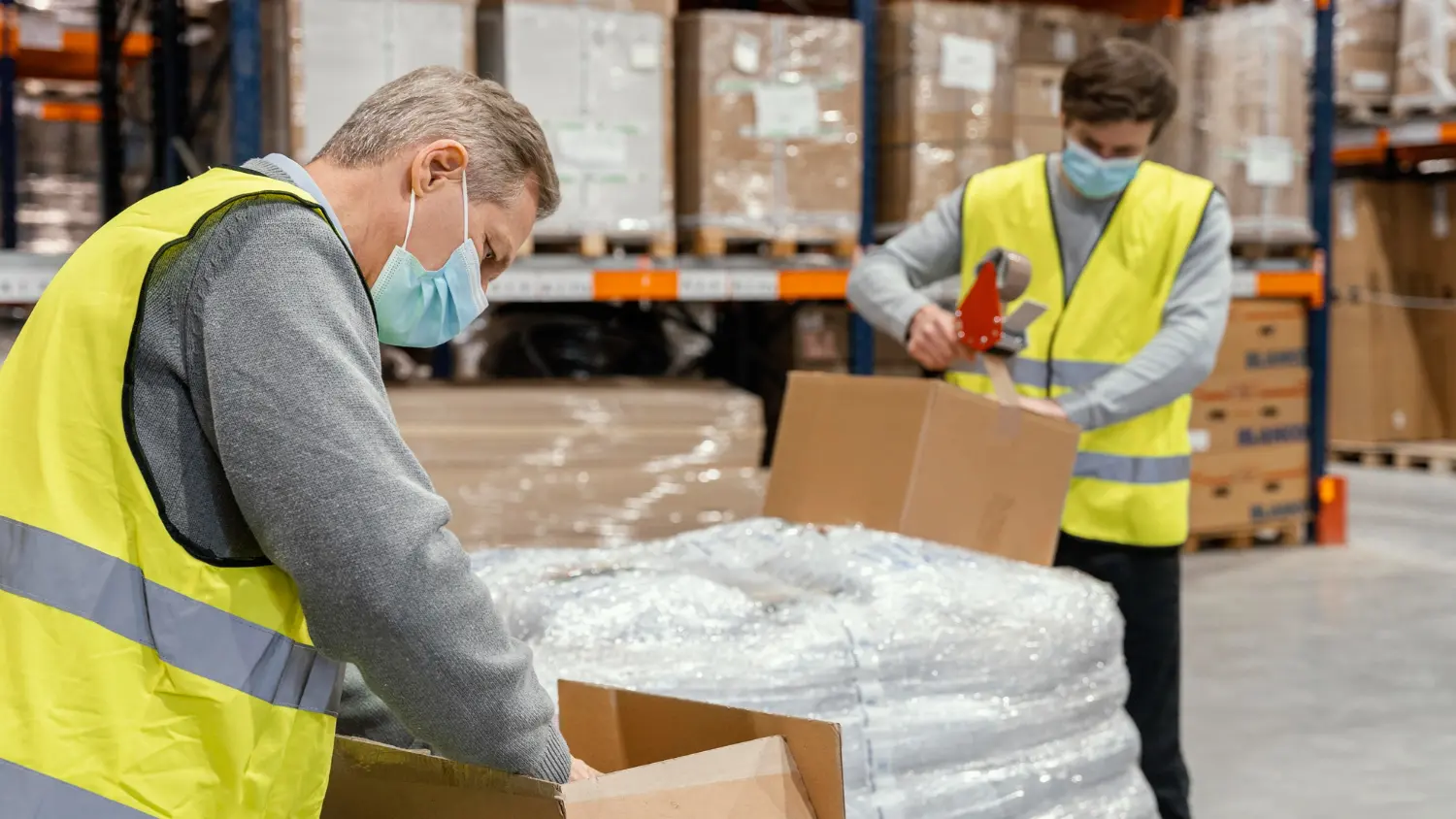
Industries Benefiting from Returnable Packaging Solutions
1. Automotive Industry
The automotive sector extensively uses returnable packaging for transporting heavy and fragile components such as engines, gears, and dashboards. The robust design of returnable crates ensures safe handling and minimizes transit damage.
2. Retail and E-commerce
Retailers and e-commerce businesses leverage returnable packaging for bulk shipments, ensuring easy returns, secure deliveries, and reduced packaging waste.
3. Food and Beverage
Hygiene and sustainability are critical in the food industry. Returnable crates and bins are widely used for transporting perishable goods, reducing contamination risks and maintaining product integrity.
4. Pharmaceutical and Healthcare
Medical supplies and pharmaceuticals require high-quality, contamination-free packaging. Returnable solutions ensure compliance with industry standards and offer a cost-effective alternative to disposable options.
5. Manufacturing and Industrial Applications
Manufacturing businesses use returnable packaging to transport raw materials and finished goods, improving operational efficiency and reducing packaging costs.
Implementing Returnable Packaging Solutions in Your Supply Chain
Step 1: Assess Your Packaging Needs
Evaluate your current packaging practices, costs, and inefficiencies to determine how returnable packaging can enhance your supply chain.
Step 2: Choose the Right Returnable Packaging
Select packaging solutions that align with your industry, product type, and logistical requirements. Consider factors such as durability, stackability, and compatibility with existing storage systems.
Step 3: Establish a Return Logistics System
A robust return logistics process is essential to track, collect, and redistribute packaging efficiently. Implementing barcodes, RFID tracking, and inventory management software can streamline this process.
Step 4: Train Employees and Partners
Ensure all stakeholders, including employees, suppliers, and logistics partners, are well-versed in the returnable packaging process. Proper handling and maintenance will maximize the lifespan of the packaging materials.
Step 5: Monitor Performance and Optimize
Regularly analyze the performance of your returnable packaging system. Track key metrics such as cost savings, environmental impact, and efficiency improvements to identify areas for further optimization.
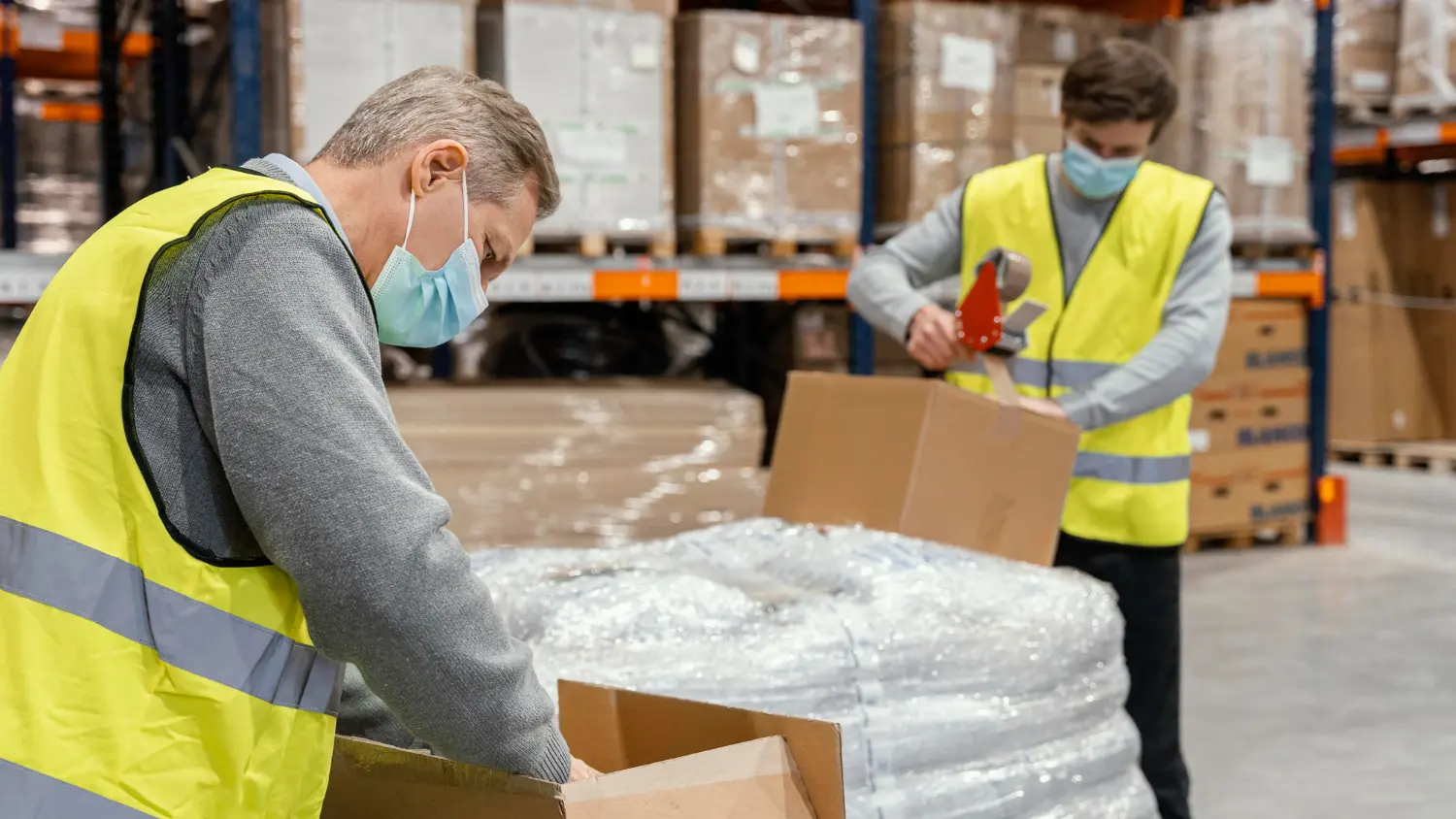
Conclusion
Adopting Returnable Packaging Solutions is a strategic move for businesses looking to enhance supply chain efficiency, reduce costs, and embrace sustainability. With industries increasingly shifting towards reusable packaging, companies can achieve long-term benefits while meeting environmental regulations and corporate responsibility goals.
Additionally, integrating returnable packaging with advanced warehouse technologies like ASRS Pallet systems further optimizes storage, retrieval, and transportation, making supply chain operations more seamless and efficient. Embracing returnable packaging is not just a choice but a necessity for businesses striving for a greener and more cost-effective future.
Frequently Asked Questions:-
1. What are Returnable Packaging Solutions?
- Returnable packaging solutions refer to reusable containers, pallets, bins, and crates that are designed for multiple uses within a supply chain. Unlike single-use packaging, these solutions help businesses minimize waste, cut costs, and improve logistics efficiency by continuously cycling packaging materials through their operations.
2. How does returnable packaging reduce costs for businesses?
- Returnable packaging helps businesses save money over time by reducing the need for frequent repurchasing. While the initial investment may be higher than disposable options, the long-term cost savings come from durability, reusability, and reduced product damage during transportation. By streamlining logistics and minimizing packaging waste, companies achieve a lower total cost of ownership.
3. Which industries benefit the most from returnable packaging solutions?
- Industries such as automotive, retail, e-commerce, food and beverage, pharmaceuticals, and manufacturing benefit the most from returnable packaging. These sectors rely on reusable solutions to ensure product protection, improve supply chain operations, and comply with sustainability regulations while reducing waste.
4. What are the key advantages of returnable packaging over traditional packaging?
- Returnable packaging offers multiple advantages, including cost savings, environmental sustainability, better product protection, and enhanced supply chain efficiency. It also ensures standardization in packaging dimensions, making it highly compatible with automated warehouse systems such as ASRS Pallet storage. By eliminating single-use materials, businesses can also meet stricter environmental regulations and reduce landfill waste.
5. How can a business implement returnable packaging in its supply chain?
- Businesses can successfully implement returnable packaging by assessing their current packaging needs, selecting suitable reusable packaging options, and establishing an efficient return logistics system with tracking tools like RFID or barcodes. Employee and partner training is crucial to ensure proper handling and maintenance, and companies should continuously monitor and optimize their returnable packaging strategy for maximum efficiency and cost savings.

